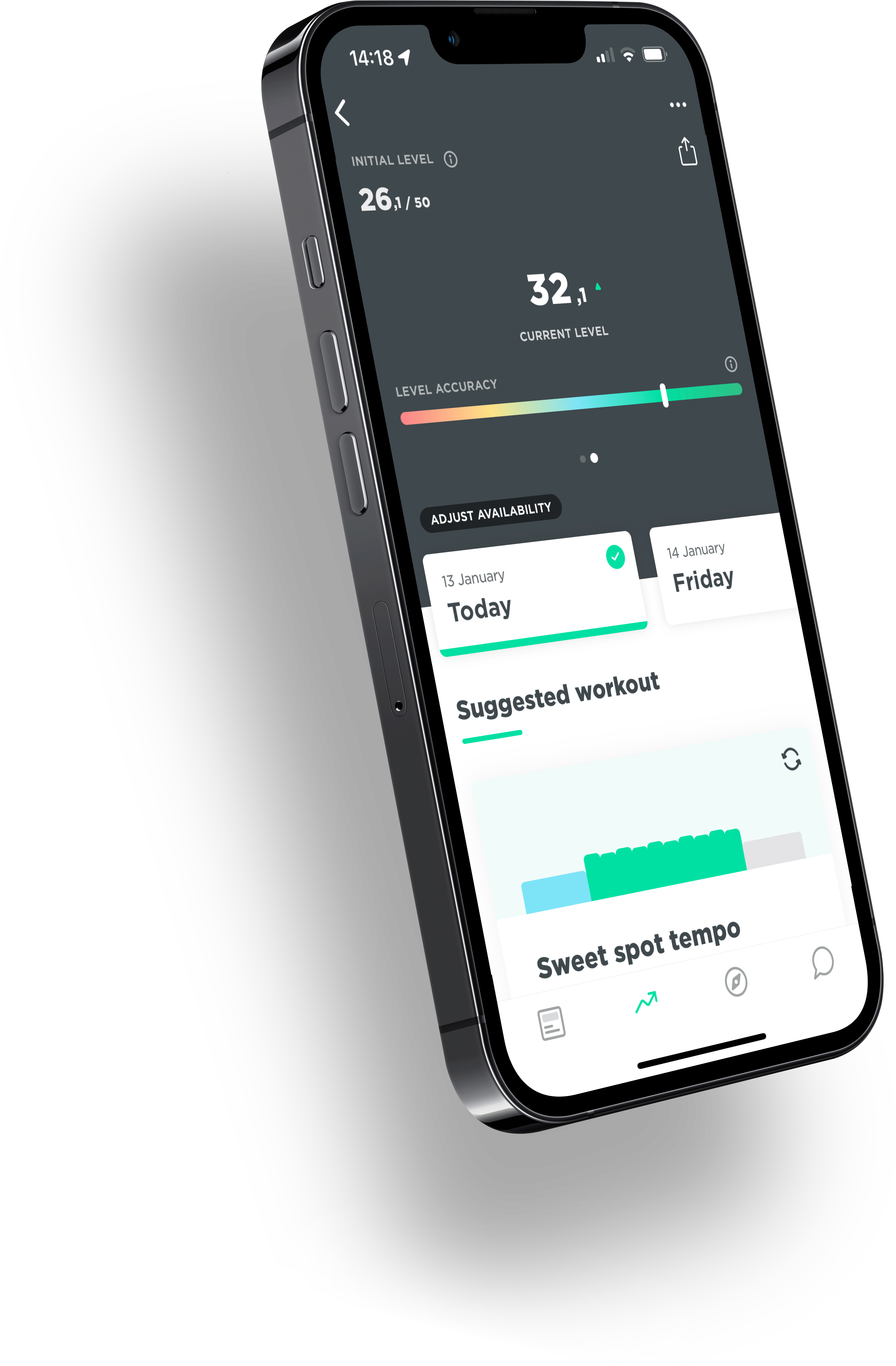Cramp during cycling is one of the most mysterious phenomena in exercise physiology. One person has never had to deal with it, while to the next it seems to be the eternal nemesis. What exactly is cramp and, more importantly, what can you do about it?
What are cramps?
Cramp is an involuntary muscle contraction. Without being told to, the muscle contracts, often at maximum intensity, making it impossible to continue cycling (or running). Cramps can occur at several places in the body, but with cycling it is usually the thighs or calves that suffer. Apart from possible medical causes of cramp, such as kidney failure or pregnancy, there is actually not one specific cause for cramp. So it is not that the exercise physiology science is still in the dark as is sometimes claimed. It’s just that the one specific trigger for cramp does not exist, nor one magic cure that always solves it. Below we list the three most common causes for cramp that unfortunately, to complicate matters further, also seem to interact!
The 3 causes of cramps
- Overuse of the muscles. Cramps due to exercise never occur during your recovery ride with your hands on top of the handlebars. Therefore, the first and most important cause is a simple one: if you have ridden for too long and too intensively, cramps may be lurking. As a result of the effort, the muscles are no longer properly supplied with nutrients to be able to function normally. Cramps may well be the result.
- A disturbed fluid balance. Without water, everything process in the body eventually stops. The body consists of 55% water; it is the building block of all tissues. In addition, it ensures that the transportation of nutrients can take place. Water contains minerals, also called electrolytes. Magnesium, potassium, sodium and calcium, for example, are minerals that are essential to normal muscle function. These minerals ensure that the sodium-potassium pump in the muscles can continue to do its work, causing the muscles to contract. In case of a disturbed fluid balance due to too much loss of fluid and therefore also loss of minerals, it is precisely this lack that can contribute to the development of cramps.
- Reduced blood flow. When less blood reaches the muscles and the supply of nutrients is thereby compromised, cramps can also occur. A reduced blood supply can be caused by a pinched blood vessel, but also by vasoconstriction, the narrowing of the blood vessels in very cold weather, for example. Most often, however, a cyclist’s blood supply is reduced due to dehydration in very hot weather.
The question is now, of course, how you can weapon yourself against cramps. Again, there is not one solution that will always make the difference, but rather a combination of them.
What to do against cramps?
- Buy a power meter and know where your limits are. Sometimes it can be as simple as that.
- Keep drinking during your ride. In warm weather, try to drink at least 500 ml of isotonic sports drink per hour. Preferably not plain water, but add some carbohydrates (10-30 grams) plus some electrolytes. These days, there is ample choice in electrolyte tabs that provide a good balance of various electrolytes to spice up the water bottle.
- Keep eating well on your ride. On demanding rides that last longer than 2 hours, you should consume at least 60 grams of carbohydrates per hour. Preferably even 90 grams per hour (only manageable if those carbs are served in a glucose:fructose ratio of 2:1, but that’s actually next level pro stuff that also requires some training to get used to).
- Extra electrolytes. Some people swear by magnesium pills for example, but a banana (full of potassium!) can work wonders as well. As literature shows, a tablet of magnesium is not really the cure-all. But the combination of the banana, the magnesium tablet and the electrolytes in the bidon will all help.
- Be careful with alcohol and coffee. Alcohol has a considerable diuretic effect on the body. A lot of alcohol the evening before the race is never a good idea for many reasons, but it also leaves you with a disturbed fluid balance. Coffee, although with a smaller impact than alcohol, also has a diuretic effect on the body. A lot of coffee before the start is best avoided, if only to prevent that you need to stop for a pee frequently in the early part of the ride.
- Acclimatize. The human body is incredibly capable of adapting to warm conditions. Unfortunately it does take 7 to 10 days to become optimally acclimatized, but even in 4 to 6 days big differences can be observed. It has been shown that acclimatized athletes lose less moisture and thereby also less minerals. So a few days extra before D-day to get used to higher temperatures also helps to prevent cramping.
- A good bike position. A bad position may cause wrong or excessive use of certain muscle groups, but it may also restrict the blood supply. The right bicycle position can address this to ensure good blood flows.


